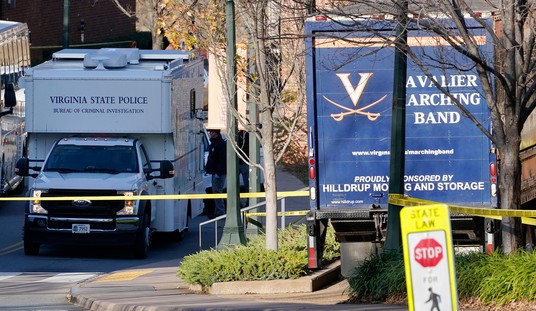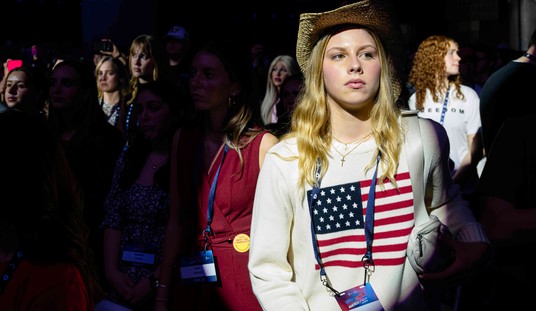An odd item popped up in my news feed this morning from the Associated Press. The title alone was enough to persuade me to click on it (as all good titles should). “Show your work: AP plans to explain vote calling to public.”
By “vote calling,” they are of course referring to the various media outlets’ practice of “calling” a race on election night (or some time later than that) when they feel that the results of any given election reach the point of being a foregone conclusion. There’s as much thaumaturgy as science in this practice as demonstrated by the fact that not every news outlet calls races at the same time. Some seem to leap to conclusions based on exit polls before a small fraction of the actual results are in, while others are more cautious. So what are the dark secrets that the AP is about to reveal? We don’t actually know yet because they weren’t releasing the information. This was just an announcement that they intend to do so, presumably at some point before the polls close on Tuesday.
The Associated Press, one of several news organizations whose declarations of winners drive election coverage, is pulling back the curtain this year to explain how it is reaching those conclusions.
The AP plans to write stories explaining how its experts make decisions or why, in tight contests, they are holding back. If necessary, top news executives will speak publicly in interviews about the process, said Sally Buzbee, senior vice president and executive editor.
Given high interest in the presidential race, the complicating factor of strong early voting and President Donald Trump’s warnings about potential fraud, television executives are making similar promises of transparency.
I suppose this might be of interest to the hardcore political nerds out there, but it’s also worth keeping in mind that the practice of media outlets “calling” races is entirely meaningless. No race is “over” when the AP or any other news network declares a winner. The race isn’t really close to being over until one candidate officially concedes. And even then the concession doesn’t carry any legal weight, as we saw in 2000 when Al Gore took the nearly unprecedented step of “unconceding” when the count in Florida turned out to be tighter than the networks had anticipated.
The case of the presidential race is a bit of an outlier since we have constitutionally mandated deadlines for seating the electors. But every state is generally still counting votes for quite a while after the polls close. In other races, this process can wind up stretching on for weeks if the margins are so close that absentee ballots could potentially make the difference. In 2018, the congressional district where I live wasn’t decided until November 20th, despite one local newspaper calling it for the Democrat on the night of the race. The difference between the two candidates’ vote totals was barely 1,200 votes on election night and there were more than 15,000 absentee ballots to be counted. Considering how many people have been requesting mail-in ballots this year, I won’t be shocked if it takes just as long this time.
So what do we actually know about how the AP makes these decisions? They tossed out a few details in this article and it’s largely what you would likely expect. They conduct exit polling in a process they call the AP VoteCast survey. For each state, they assign an analyst who is paired with a “race caller.” If it’s a solidly red or solidly blue state, they will check to make sure the exit polling numbers match the projections and call the race almost immediately after the polls close.
But in the purplish states, the AP notes that they will need to “rely on actual votes.” Imagine that! Waiting until a significant number of the votes have actually been counted before making the call. But even then, they insist that they are comparing the votes as they come in to “party enrollments and trends in previous elections.” I realize that this is probably crazy talk, but if the difference between the candidates at any given point is still significantly lower than the total number of votes in the precincts that haven’t reported in yet, you might want to hold off.
As far as the presidential race on Tuesday goes, the results will start coming in when the polls on the east coast start closing at 8 pm local time. (Actually, the Florida panhandle is on Central time so it takes a bit longer.) If North Carolina, Pennsylvania and Florida are too close to call, I think that will be a sign that we’re in for a long night. If either candidate convincingly carries two (or all three) of those, it will probably be pretty much over except for the shouting. But remember how many people got their projections so wrong in 2016, and I’m not just talking about the “shy” or “hidden” Trump voters, either. I think there’s still a chance that we’ll have a winner well before Wednesday morning. It just might not be the winner that the cable news networks are banking on.








Join the conversation as a VIP Member